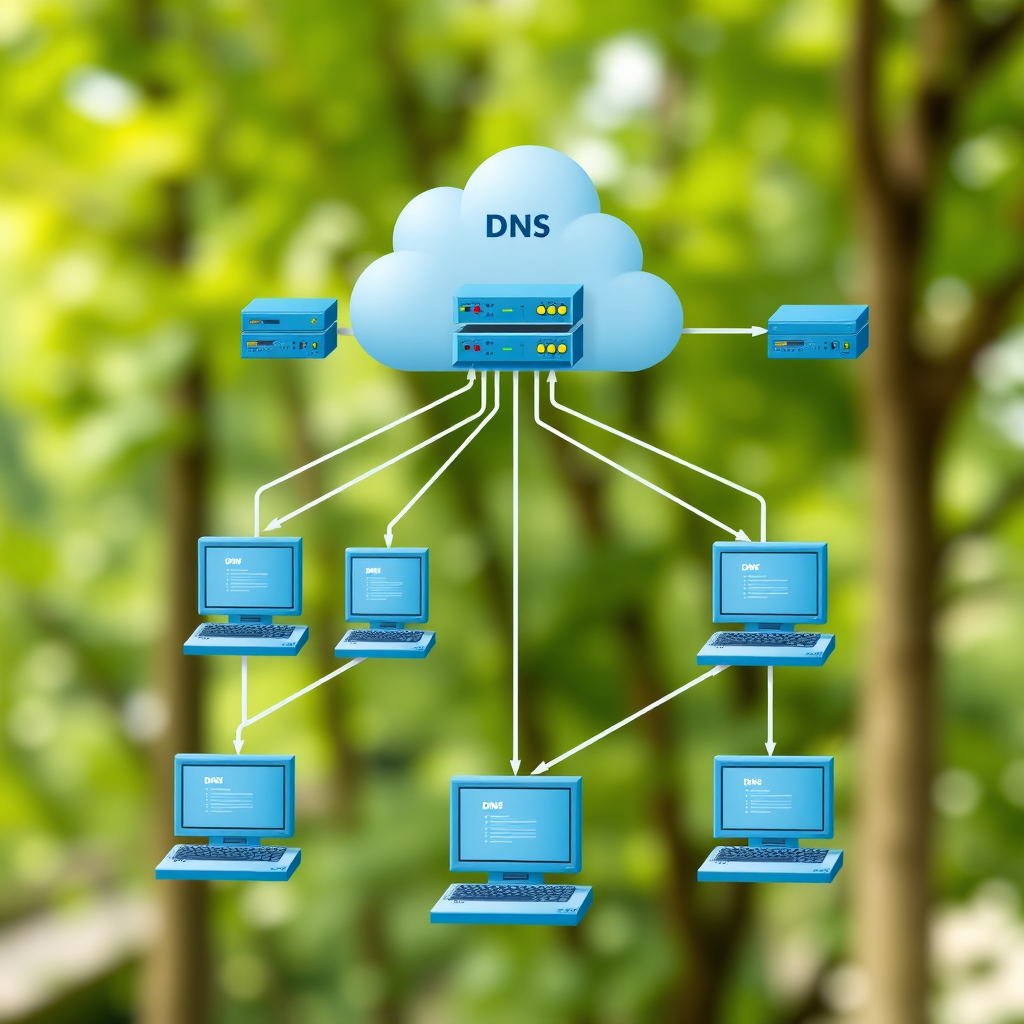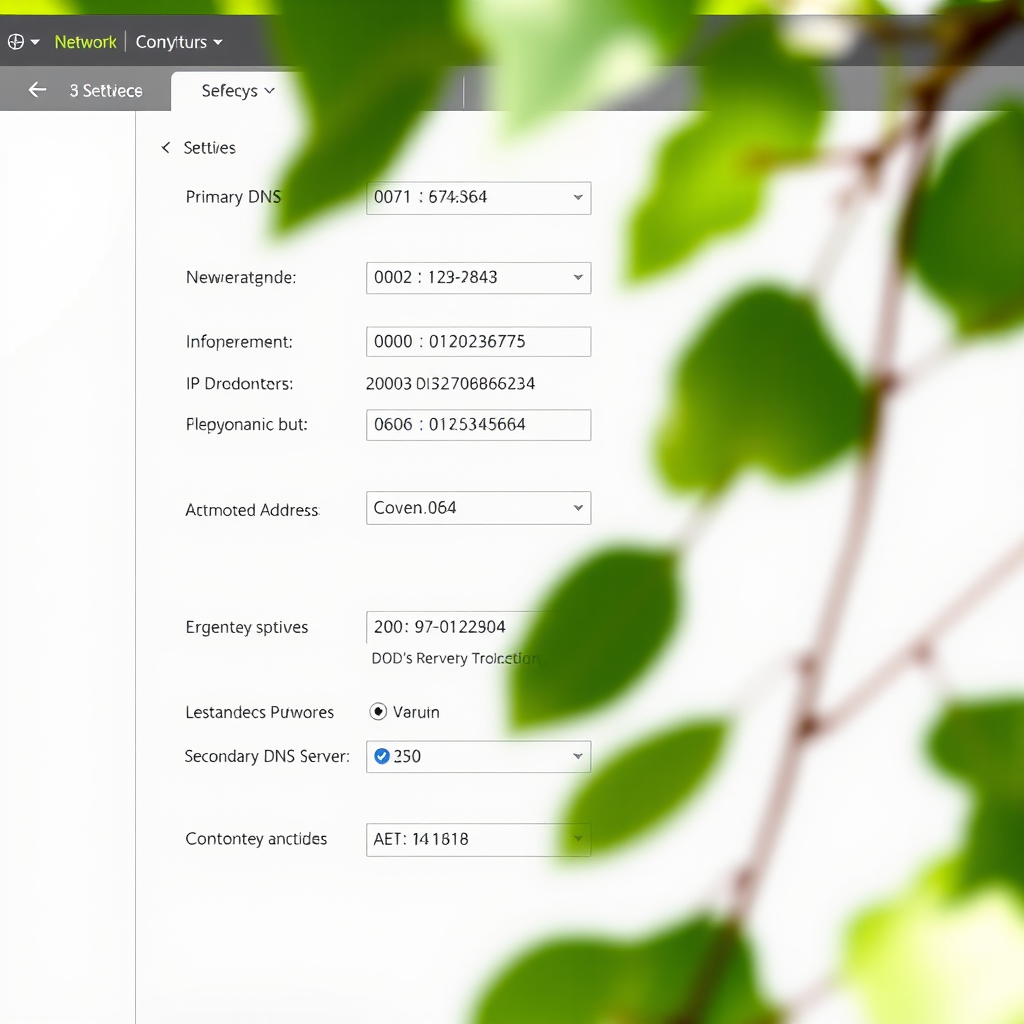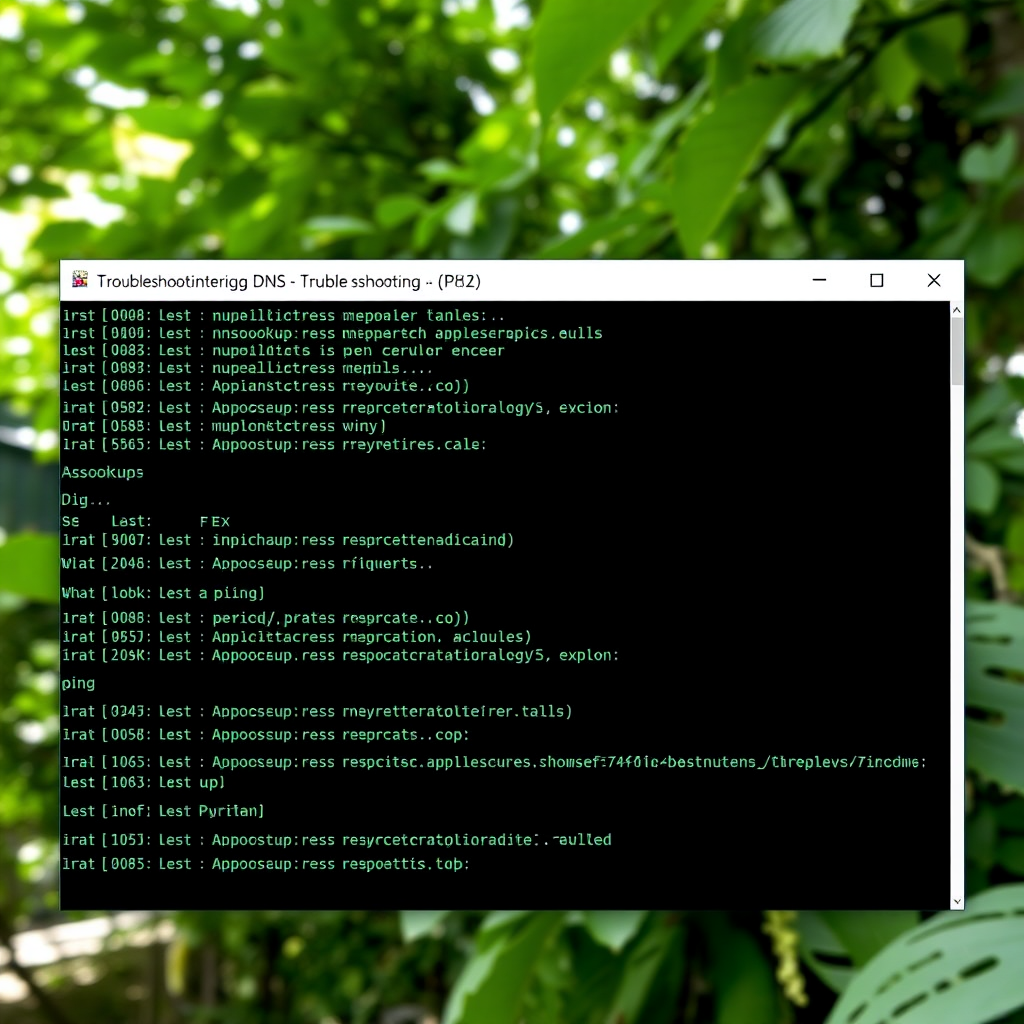Troubleshooting DNS Resolution Issues: A Technical Deep Dive

DNS resolution problems can bring network connectivity to a grinding halt, affecting everything from web browsing to email delivery. As network administrators and IT professionals, understanding how to diagnose and resolve these issues is crucial for maintaining reliable network infrastructure.
Understanding DNS Resolution Fundamentals
Domain Name System (DNS) serves as the internet's phone book, translating human-readable domain names into IP addresses that computers can understand. When DNS fails, users experience connection timeouts, slow loading times, or complete inability to access network resources.
Common DNS Resolution Process:
- Client queries local DNS cache
- Query forwarded to configured DNS server
- Recursive lookup through DNS hierarchy
- Response cached and returned to client
Identifying Common DNS Misconfigurations

Incorrect DNS Server Configuration
One of the most frequent causes of DNS issues stems from misconfigured DNS server addresses. Network utils and sysadmin tools can help identify when clients are pointing to non-responsive or incorrect DNS servers.
Pro Tip: Always configure both primary and secondary DNS servers to ensure redundancy. Popular public DNS options include Google's 8.8.8.8 and Cloudflare's 1.1.1.1.
DNS Zone File Errors
Syntax errors in DNS zone files can cause resolution failures for specific domains or subdomains. Common mistakes include missing trailing dots, incorrect record types, and TTL misconfigurations.
DNS Cache Issues and Solutions
DNS caching improves performance but can cause problems when cached records become stale or corrupted. Understanding cache behavior is essential for effective troubleshooting.
Client-Side Cache Problems
Operating systems maintain local DNS caches that can retain outdated information. Windows, macOS, and Linux each have different cache management mechanisms that require specific clearing procedures.
Windows DNS Cache Clear:
ipconfig /flushdns
Linux DNS Cache Clear:
sudo systemctl restart systemd-resolved
Advanced Command-Line Troubleshooting Techniques

Using nslookup for DNS Queries
The nslookup command provides detailed information about DNS records and can help identify where resolution failures occur. This network utility is available on most operating systems and offers both interactive and non-interactive modes.
Basic nslookup syntax:
nslookup domain.com 8.8.8.8
Leveraging dig for Detailed Analysis
The dig command offers more comprehensive DNS debugging capabilities than nslookup. It provides detailed query information, response times, and can trace the complete resolution path.
Trace DNS resolution path:
dig +trace domain.com
Network Connectivity Testing
Before diving deep into DNS-specific troubleshooting, verify basic network connectivity using ping and traceroute commands. These sysadmin tools help distinguish between DNS issues and broader network problems.
Systematic DNS Troubleshooting Methodology
Step 1: Verify Network Connectivity
Test basic network connectivity to rule out physical or routing issues before investigating DNS-specific problems.
Step 2: Check DNS Configuration
Verify that DNS server addresses are correctly configured and that the servers are responsive to queries.
Step 3: Clear DNS Caches
Flush both client-side and server-side DNS caches to eliminate stale or corrupted cached records.
Step 4: Test Alternative DNS Servers
Try querying different DNS servers to isolate whether the issue is with specific DNS infrastructure.
Advanced DNS Debugging Scenarios

Intermittent DNS Failures
Sporadic DNS resolution issues often indicate load balancing problems, DNS server overload, or network congestion. These scenarios require continuous monitoring and statistical analysis to identify patterns.
DNSSEC Validation Errors
DNS Security Extensions (DNSSEC) can cause resolution failures when validation fails. Understanding DNSSEC troubleshooting requires knowledge of digital signatures and trust chains.
Reverse DNS Lookup Issues
Problems with reverse DNS lookups can affect email delivery and security applications. These issues often stem from missing or misconfigured PTR records in reverse DNS zones.
Preventive Measures and Best Practices
Implementing proactive DNS management strategies can prevent many common resolution issues before they impact users.
DNS Monitoring Recommendations:
- Implement automated DNS health checks
- Monitor DNS query response times
- Set up alerts for DNS server failures
- Regularly audit DNS configurations
- Maintain updated documentation of DNS infrastructure
Regular maintenance of DNS infrastructure, combined with proper monitoring tools, ensures that potential issues are identified and resolved before they affect network performance. Network utils and comprehensive sysadmin tools play a crucial role in maintaining healthy DNS operations.
Conclusion
Mastering DNS troubleshooting requires a systematic approach combining theoretical knowledge with practical command-line skills. By understanding common misconfigurations, cache issues, and advanced debugging techniques, network administrators can quickly diagnose and resolve DNS problems that threaten network connectivity.
The key to effective DNS troubleshooting lies in methodical problem-solving, proper use of diagnostic tools, and maintaining comprehensive documentation of network infrastructure. With these skills and approaches, even complex DNS issues become manageable challenges rather than insurmountable obstacles.